Launched last year, the research project on Kiwi die-off funded by Elle Esse AOP as part of the activities of theCommon market organisation (CMO) for fruit and vegetables in Emilia-Romagna has captured the interest of industry professionals.
This ambitious initiative, which we told you about here, is focused on the'In-depth analysis of the effect of water management on kiwifruit decline syndrome, one a problem of crucial importance for farmers and those working in the sector, increasingly struggling with a complex and constantly evolving situation.
The OCM kiwifruit mortality project
At the heart of the project is research and development of optimal solutions to optimize the use of water and nutritional resources, in concert with the specific phenological phases of kiwifruit cultivation, commonly known as kiwi.
The main objective is to substantially improve the sustainability of agroecosystems and of to face with determination the emergency represented by this syndrome which constitutes a significant threat to Italian kiwifruit production, fundamental economic resource.
A crucial aspect of this project is the adoption of innovative technologies, such as satellite observation. In this context TETHYS plays a key role, providing a comprehensive view of agricultural field conditions and offering timely information that can significantly improve resource management.
Results of the first analyses
The analyses carried out in the first 4 months of 2024 have foreseen an in-depth investigation for evaluate the response of vegetation and biophysical indices calculated from satellite images on plots covered with an anti-hail net. Due to theincrease in the frequency of extreme weather events, including sudden hailstorms, we are in fact witnessing a growing trend towards covering kiwi plants.
Uncovered plot VS covered plot
The values of the indices were compared NDVI, LAI, FPAR and FCOVER for the period 1 March 2023 – 31 October 2023 of aplot covered with anti-hail net with those relating to a uncovered plot having similar features and geographically close to the first. The correlation analysis of the indices and the statistical tests carried out have shown that the coverage of the kiwi plants does not compromise the reliability of the indices., with the exception of FCOVER, while highlighting the need to use appropriate conversion factors.
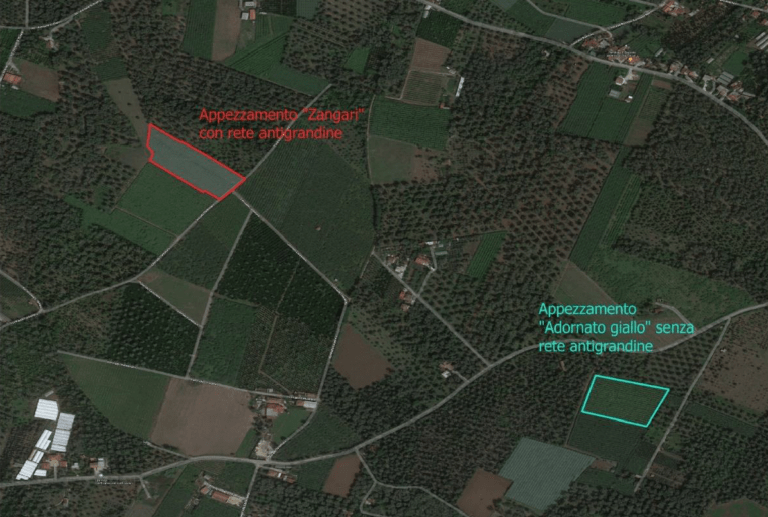

The importance of the color of anti-hail nets
The analysis was subsequently extended to one of the fundamental construction features of anti-hail nets, the color, with the aim of identifying Which shade responds best to the plant health analysis carried out via satellite. From the first analyses carried out on plots located in Basilicata (Rotondella-MT and Policoro-PZ) and Calabria (Polistena-RC) the black colored covers do not appear to produce significant alterations in the satellite signal and therefore in the indices used, as well as, secondarily, those of yellow color; the covers of white color instead, they have a greater impact on the indices analysed.
Once these preliminary results have been further explored, we will proceed to analyze other aspects of the construction technique of the covers, specifically the weaving.


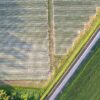

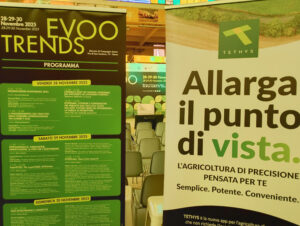

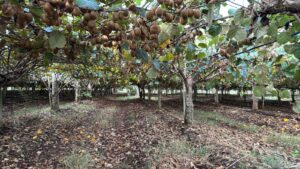
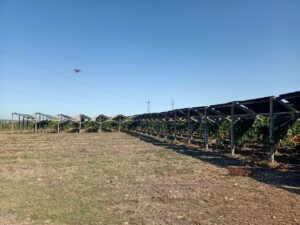
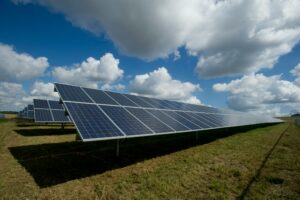

Add comment
You must be logged in to post a comment.